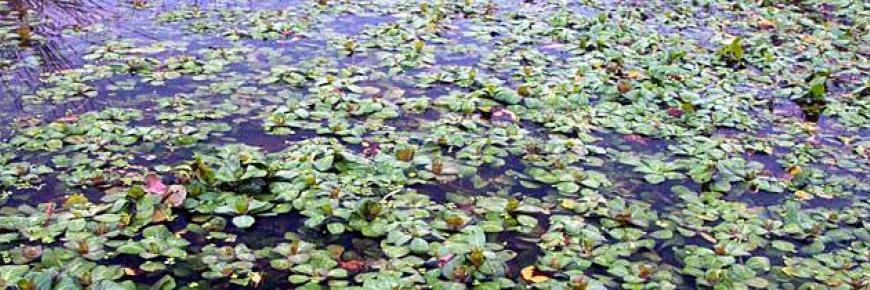Cross-Border Exchange Visit
At the beginning of June, a group of Belgian stakeholders spent two days in Norfolk on an exchange visit organised by RINSE in association with the Norfolk Non-native Species Initiative.
 Muntjac deer, a well-established invasive species in the UK have recently been found in Belgium. The European visitors, including scientific researchers, countryside managers and gamekeepers, came to meet with experts and receive advice on the latest in muntjac management strategies and best practise procedures.
Muntjac deer, a well-established invasive species in the UK have recently been found in Belgium. The European visitors, including scientific researchers, countryside managers and gamekeepers, came to meet with experts and receive advice on the latest in muntjac management strategies and best practise procedures.
The first day of the exchange was hosted by the Forestry Commission at Santon Downham, where presentations were given by three experts in this field. Trevor Banham is the Head Wildlife Ranger at Thetford Forest. He has worked in the area for over 40 years, and called upon this experience to describe the arrival and establishment of muntjac deer in Thetford, documenting their expansion from isolated pockets of a few individuals to the current well distributed and abundant population.
This was followed by a talk from David Hooton of the Deer Initiative who explained the problems caused by muntjac deer and the reasons behind their successful colonisation of many areas of UK forest, parkland and countryside.
Dr Kirstin Weber closed the presentations with a discussion of the latest scientific theories on the effective deer control and talked through new advances in technology, such as night vision rifles, which may be useful for management work in Belgium.
The European visitors were then shown around the newly renovated deer larder at Santon Downham, before being taken on a tour around Thetford Forest in order to see first hand the damage caused by muntjac deer. The group even managed to spot a deer in broad daylight by the side of the road, reinforcing their high numbers within the local area.
 As dusk settled over the Norfolk countryside, our visitors were taken to Swanton Morley for an evening of deer stalking and an audience with Rory Hart, a local gamekeeper and biodiversity conservationist. Whilst we didn’t manage to spot any deer, we were lucky enough to see a barn owl, a common sight in Norfolk but very rare across much of Belgium.
As dusk settled over the Norfolk countryside, our visitors were taken to Swanton Morley for an evening of deer stalking and an audience with Rory Hart, a local gamekeeper and biodiversity conservationist. Whilst we didn’t manage to spot any deer, we were lucky enough to see a barn owl, a common sight in Norfolk but very rare across much of Belgium.
The following day our visitors were taken on a guided tour of Seamere, a 300 acre farm and Site of Special Scientific Interest (SSSI). The group were taught how to recognise the presence of muntjac deer by identifying their trails and droppings and spotting grazing damage to shrubs and low lying vegetation within the ancient woodland on this site.
This concluded the exchange visit, leaving our visitors with the knowledge and tools to tackle muntjac effectively on their own turf, and hopefully avoid the establishment of large populations such as those in Thetford Forest.

